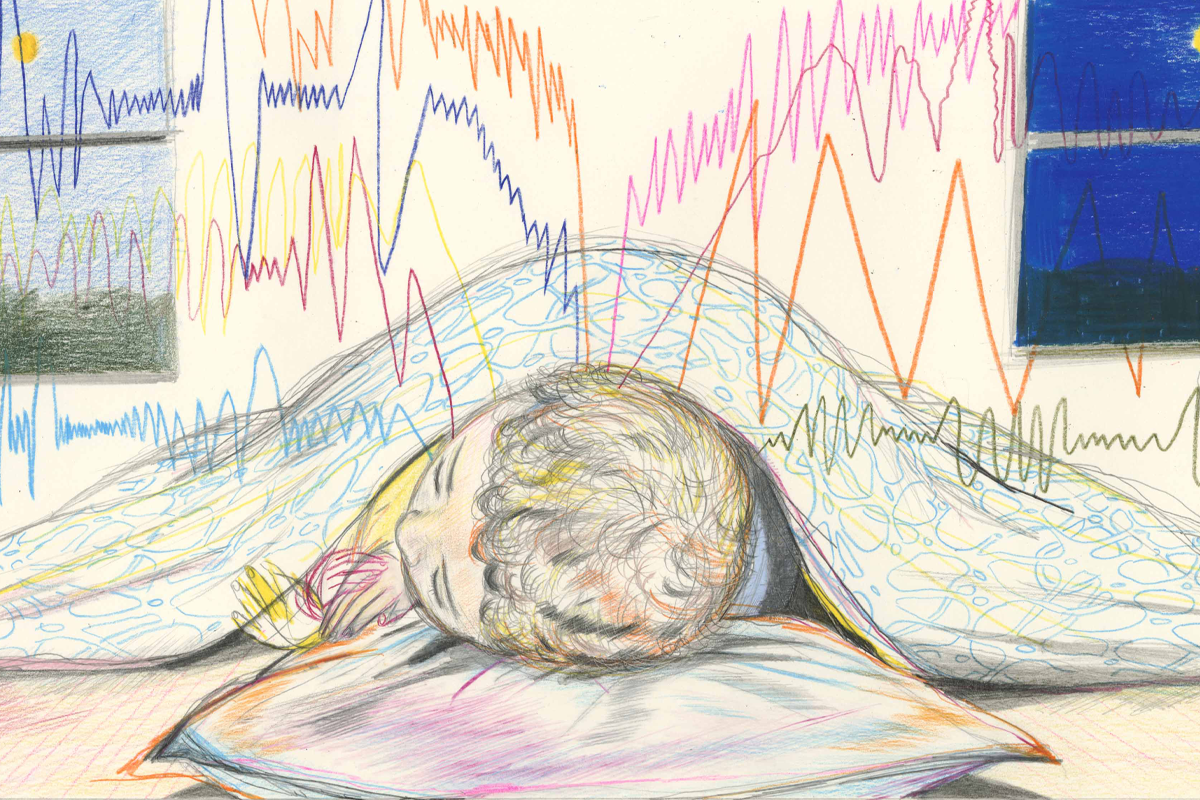In autism research, the links between sleep and other traits have been the subject of intense scrutiny for decades. Some 80 percent of autistic children have sleep problems, by some estimates. These children may spend less time in REM sleep, have difficulty falling asleep or wake up more often during the night than their non-autistic peers. To better characterize these problems, several research groups are developing minimally invasive sleep-tracking devices.
Several explanations for the overlap between autism and sleep are under consideration. For example, different cerebrospinal fluid levels and increased copy number variants linked to insomnia and a disrupted circadian cycle could contribute. Scientists also seek to untangle whether sleep problems exacerbate certain autism traits or are a product of other factors that increase autism likelihood.
The following collection of stories highlights key insights from the study of sleep in autism:
Is excess brain fluid an early marker of autism?
The sleep/wake cycle and autism with Ashura Buckley
Capturing autism’s sleep problems with devices nearable and wearable
Autism-linked genes clock daily oscillations
Sleepy mice with autism-linked mutation struggle to fall asleep
Autistic people at increased genetic risk of sleep problems
Poor sleep shifts social circuit in mice
Rising star: Lucia Peixoto, breaking down the interplay between sleep and autism
Cracking autism’s sleep conundrum
Sleep problems in autism, explained
What’s the connection between autism and sleep?





